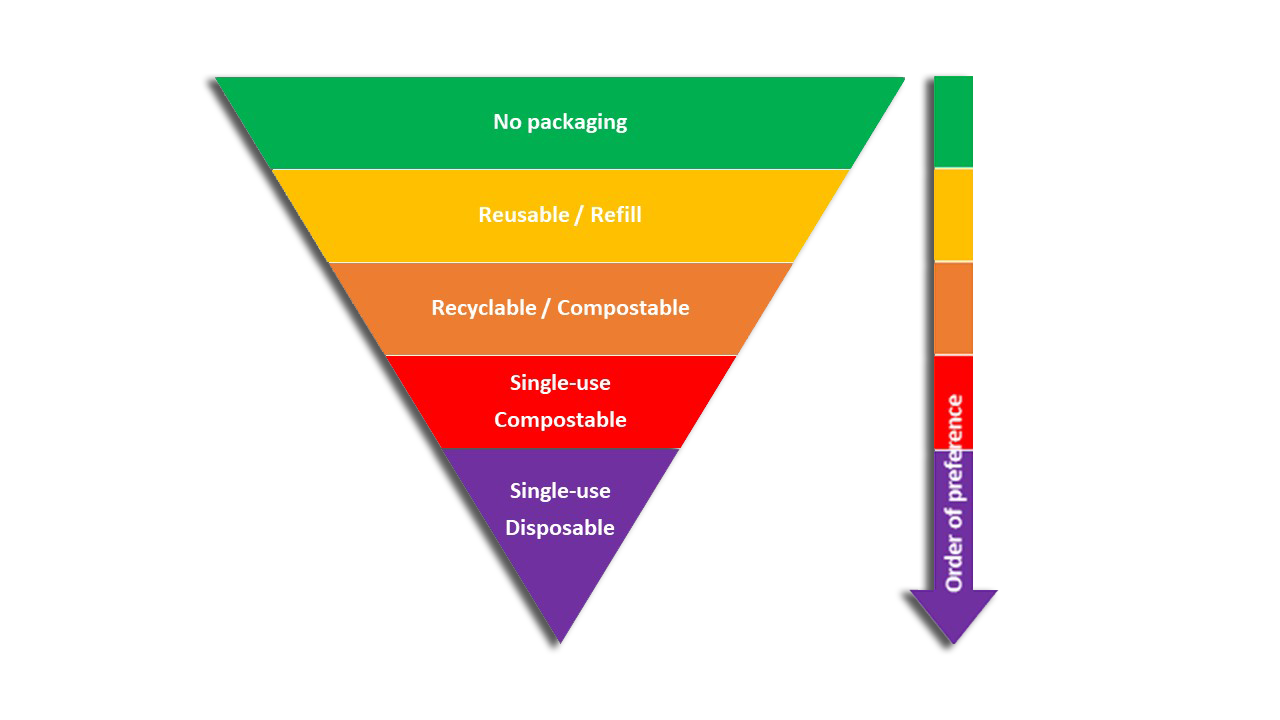Packaging
Ditching disposables
We urgently need to move towards a circular economy, reducing the consumption of raw materials and shrinking our carbon footprint. We advocate phasing out single-use packaging where there are practical reusable alternatives. This ranges from consumer items (i.e. takeaway food containers) to industry packaging (i.e. polystyrene fish boxes).

THE
PROBLEM
Much single-use packaging continues to be made of materials that cannot be effectively recycled, so resources are being lost through poor design.
Even if made of recyclable or compostable materials, poor infrastructure means that a large proportion of packaging doesn’t reach its intended waste streams.
A large proportion of recyclable material and compostable packaging ends up in landfill, incineration plants or the environment.
The
Solution
Wherever possible and practical single-use packaging should be removed or replaced with reusable alternatives.
All single-use packaging should be recyclable or compostable with effective collection and processing infrastructure.
Where single-use packaging cannot be recycled or composted (i.e. poor infrastructure), compostable items without harmful chemicals (i.e. PFAS) should be used.
WHAT
CAN I DO
Purchase items with no or reusable packaging, or use refill systems, wherever possible.
If single-use packaging or is unavoidable, ensure it is recyclable or compostable and can be put into the relevant waste stream.
Where single-use packaging cannot be recycled or composted, use compostable packaging without harmful chemicals (i.e. PFAS).